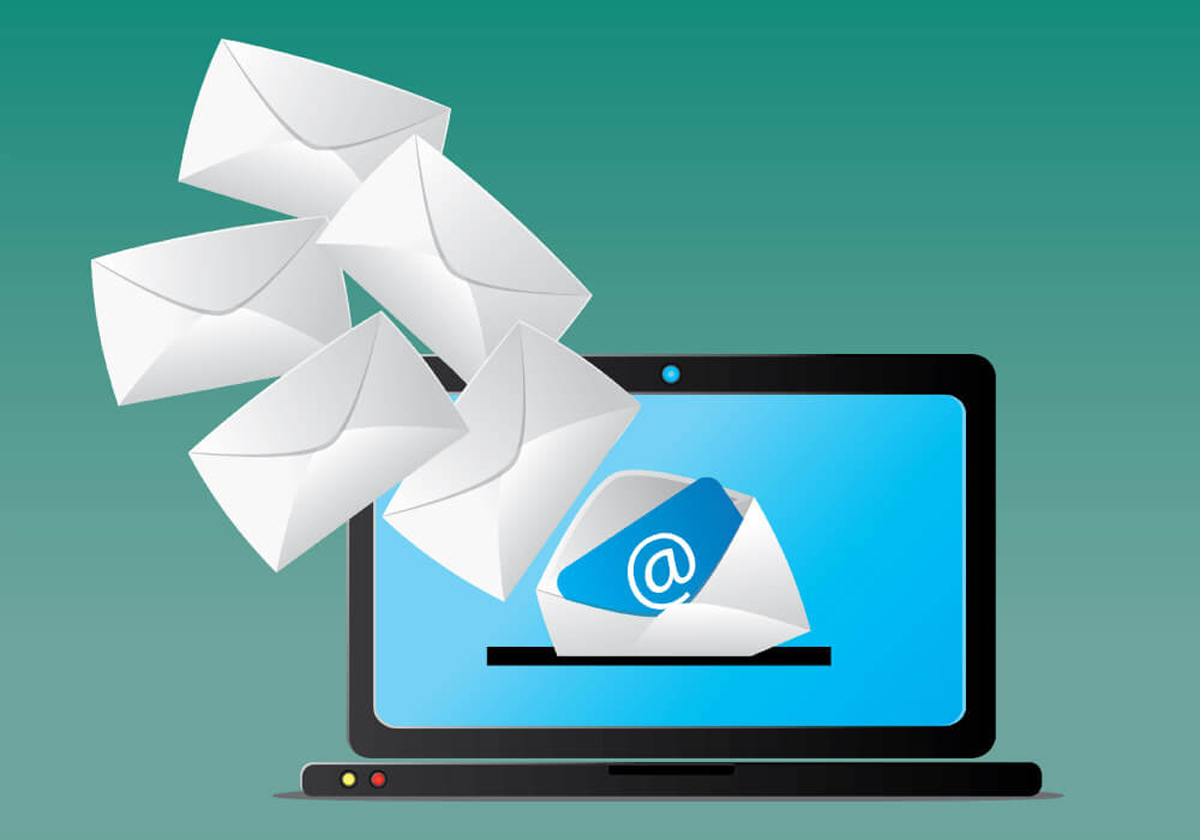
Introduction
Email marketing thrives on precision. Yet, even the most beautifully designed campaigns can collapse if emails never reach the inbox. This leads us to a crucial question: what are bounced emails?
Simply put, bounced emails are undelivered messages that return to the sender. Instead of landing in a recipient’s inbox, they bounce back due to errors or blocks. If marketers overlook this problem, bounce rates can skyrocket. Consequently, email reputation suffers, campaign metrics falter, and businesses lose valuable leads.
Thankfully, marketers can address this issue proactively. By understanding the causes of email bounces and applying proven solutions, you can safeguard your campaigns and boost performance across the board.
What Are Bounced Emails?
To clarify, a bounced email refers to a message that fails to reach its recipient. The recipient’s server rejects the email and sends a notification back to the sender. This bounce message usually includes a code or reason explaining the failure.
Generally, email bounces fall into two categories:
- Hard Bounces: These occur due to permanent delivery issues. For instance, you might send an email to an address that no longer exists. In this case, the system returns the email immediately, signaling that you should remove the address from your list.
- Soft Bounces: These represent temporary problems. For example, a recipient’s mailbox may be full, or the server may be temporarily down. While soft bounces don’t require immediate removal, they still need close monitoring.
Thus, recognizing the difference helps you act accordingly removing dead contacts while monitoring valid ones for re-engagement.
Why You Must Care About Bounced Emails
Ignoring email bounces can severely damage your marketing results. Every bounce indicates a message that failed to deliver. Over time, high bounce rates send red flags to Internet Service Providers (ISPs), which may begin filtering or blocking your future messages.
Moreover, bounced emails waste resources. You spend time crafting campaigns and building lists only to lose ROI to avoidable errors. Even worse, frequent bounces can tarnish your sender reputation. Once that happens, rebuilding credibility with ISPs becomes extremely difficult.
Therefore, marketers must monitor, analyze, and resolve bounces consistently to protect both reach and reputation.
Main Causes of Email Bounces
To combat email bounces effectively, you must understand their root causes. Below are the most common culprits behind bounce issues:
1. Invalid or Fake Email Addresses
Often, users mistype their emails during signup, or bots input fake addresses. Consequently, your messages bounce right back due to nonexistent inboxes.
2. Full Mailboxes
Some recipients fail to clear their inboxes regularly. As a result, new messages can’t get through, leading to soft bounces.
3. Spam Filters and Blocklists
When your emails trigger spam filters due to suspicious content, lack of authentication, or high complaint rates servers may reject them outright.
4. Oversized Emails
Emails that contain large attachments or excessive media may exceed server size limits. Thus, the system bounces them to protect resources.
5. Lack of Authentication
If you send emails without properly setting up SPF, DKIM, or DMARC, many servers flag your messages as suspicious, increasing bounce risks dramatically.
How to Reduce Bounce Rates
Fortunately, you can lower your bounce rate using smart practices. Below are the most effective methods:
1. Clean Your Email List Regularly
Start by removing invalid addresses. Use email verification tools to detect dead or risky contacts. This step ensures that your emails only reach real, active users.
2. Use a Double Opt-In System
Ask users to confirm their subscription via a second email. Not only does this validate addresses, but it also increases engagement and trust.
3. Segment Your Lists
Instead of sending blanket messages, tailor your content for specific groups. As a result, you improve relevance and reduce unsubscribe and bounce rates.
4. Authenticate Your Emails
Implement SPF, DKIM, and DMARC protocols. These standards verify that your messages originate from legitimate servers, helping you gain ISP trust.
5. Monitor Campaign Performance
Keep an eye on bounce rates in every campaign. If you spot sudden spikes, act quickly to investigate and fix the issue before it worsens.
6. Work with a Reputable Email Provider
Choose an Email Service Provider (ESP) with strong deliverability tools. A good ESP will help manage bounces, monitor blacklists, and guide domain warm-ups.
Conclusion
To sum up, knowing what are bounced emails gives marketers a clear advantage. By identifying hard and soft bounces, understanding their causes, and applying practical solutions, you can maintain a healthy email program.
Ultimately, reducing bounces not only improves deliverability but also boosts your brand’s trust, engagement, and ROI. Therefore, take proactive control of your bounce rate because every delivered email is a step closer to a new conversion.